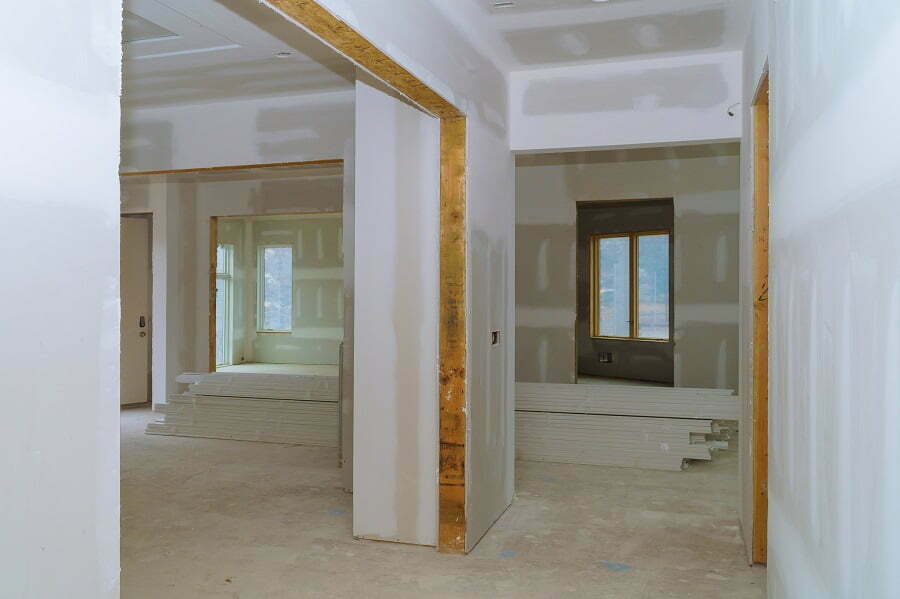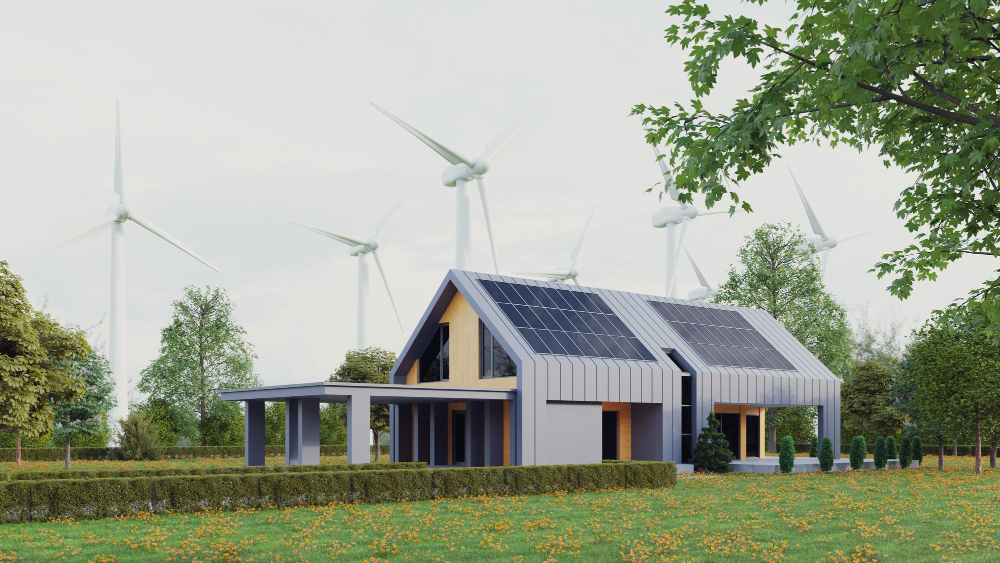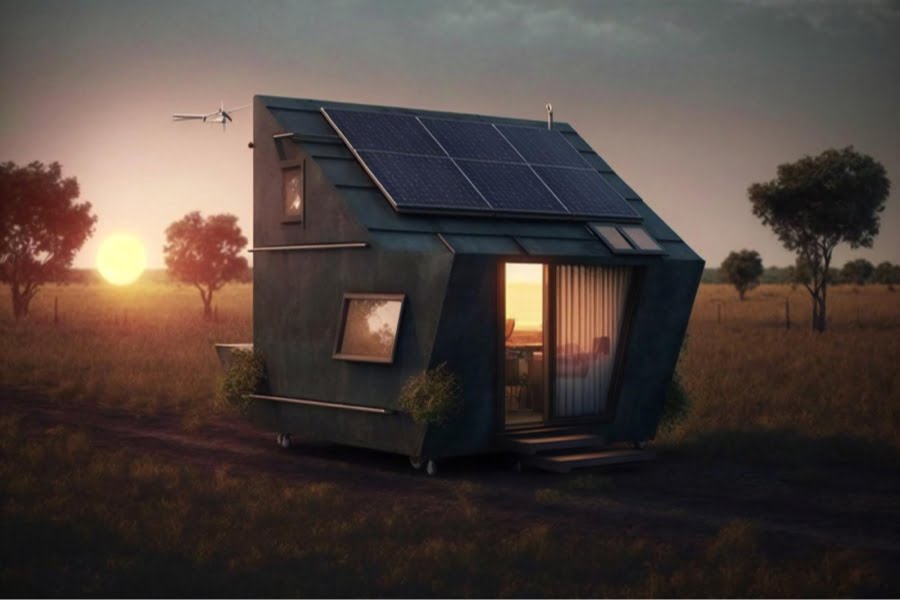Last updated on
Here’s how you can improve your home’s thermal efficiency with proper insulators. Read on!
When it comes to building homes that are sustainable and eco-friendly, one crucial aspect to consider is thermal efficiency and how well-insulated your property is.
Ensuring your home is well-insulated can significantly affect energy consumption, reducing heat loss during cold winter and minimizing heat gain during warm summer months.
By investing in the right insulators, you can create a comfortable living space while also reducing your carbon footprint and saving on energy bills.
This is all well and good to know, but what can you actually do to your home to improve it’s thermal efficiency and cut down your carbon footprint?
Cavity Wall Insulation
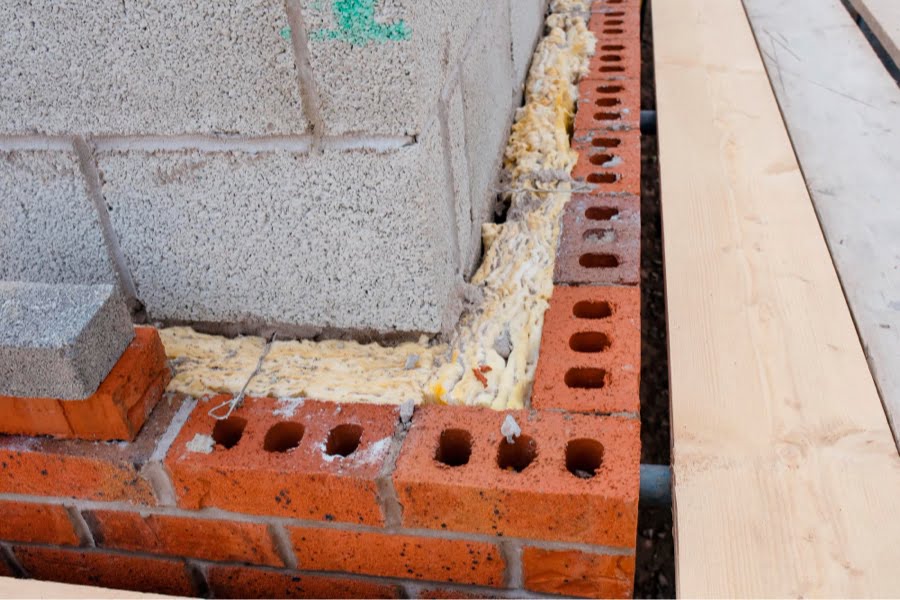
Cavity wall insulation is a highly effective method of insulating your home, which involves filling the gap between the inner and outer walls of a home with insulating material, this technique prevents heat transfer and significantly reduces energy loss and is incredibly prevalent in cold countries such as England.
Cavity wall insulation creates a barrier that keeps your home warm during the Winter months and cool during the Summer months. While cavity wall insulation is typically done during construction, it can be installed in already built buildings.
Thermal Insulating Blinds

Windows are notorious for allowing heat to escape or enter a home. Thermal insulating blinds offer an innovative solution to this problem. These blinds are designed with a special thermal backing that acts as a barrier, reducing heat transfer through the windows.
By keeping the heat inside during winter and blocking out the sun’s rays during summer, thermal blinds help maintain a consistent temperature, improve energy efficiency, and provide additional privacy.
Loft Insulation
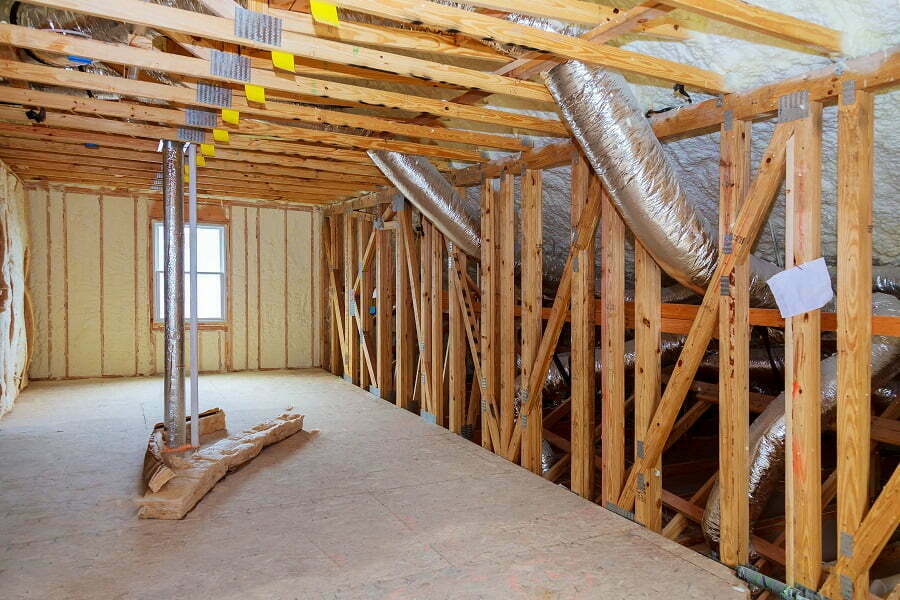
The loft or attic is another area where a significant amount of heat can be lost, which can hinder the thermal efficiency of your home. Installing loft insulation helps to create a thermal barrier between your living space and the outside environment.
This insulation is typically made from mineral wool or other eco-friendly materials and is laid between and over the joists in the loft, preventing heat from escaping from the living areas into your attic and out through the roof, resulting in lower energy bills and a warmer home.
Double Glazed Windows
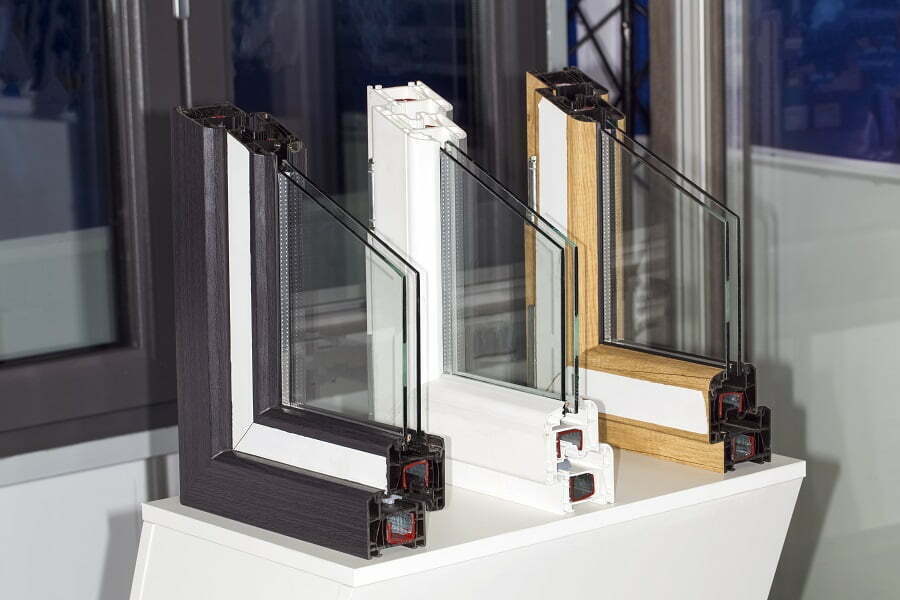
As mentioned earlier, windows are prime areas for heat loss within your home, especially when old style single glazed windows are used. Replacing single-pane windows with double glazed windows is a popular choice for improving a home’s thermal efficiency in the blink of an eye.
Double glazed windows are made up of two panes of glass with a layer of air or inert gas trapped between them, which minimizes heat transfer, reducing heat loss in the winter and heat gain in the summer.
Insulating Exterior Cladding
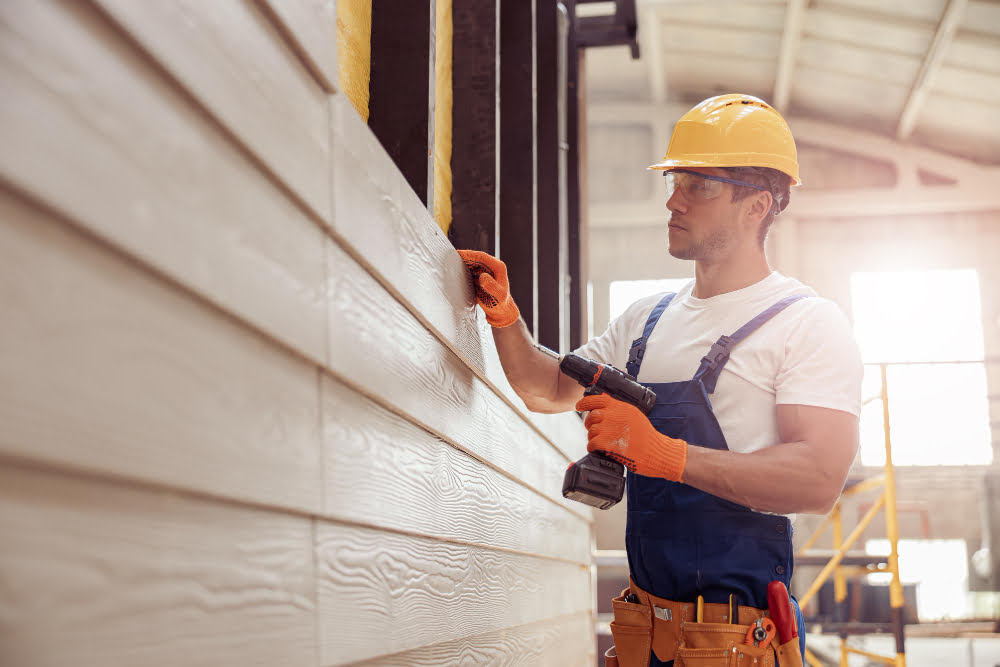
Adding exterior cladding onto your home is popular way to improve the thermal efficiency of your home.
By adding insulating cladding materials like insulated vinyl, cement, or wood composite boards to your home’s exterior, you can create a protective layer that acts as an extra thermal barrier for your home, making it harder for warm air to escape through the walls of your home.
This will not only improve your home’s thermal efficiency and reduce heating costs during Winter but will also enhance the appearance of your home and protect the underlying structure.
In conclusion, improving your home’s thermal efficiency is essential for creating a sustainable and eco-friendly living space. By investing in insulators for your home, you can significantly reduce energy consumption, lower your carbon footprint, and enjoy a more comfortable home environment.
Consider these insulators as smart investments that not only benefit the environment but also contribute to long-term energy savings.
Take the first step towards a greener home by exploring these insulation options and consulting with professionals to determine the best solutions for your specific needs.
Related reading:
Table of Contents


